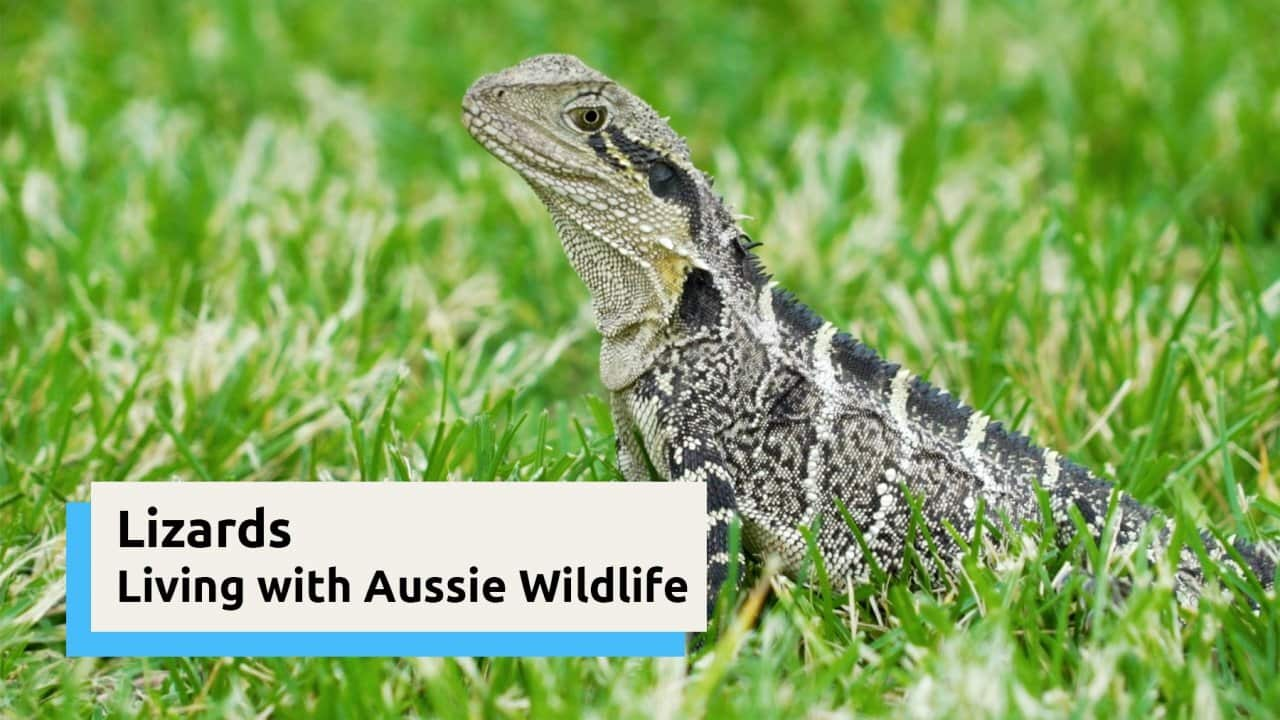Key facts:
- There are over ninety species of bats in Australia, with flying-foxes being the largest
- Flying-foxes are nocturnal and travel far at night to find trees with flowers they can eat
- Flying-foxes are very important pollinators
Australia is full of furry, feathered, and scaly animals, not found anywhere else in the world. Meet some common Australian animals and improve your English language skills with .
Learning notes
- (pdf - 476kb)
- Watch with subtitles and translated transcripts by switching your language in the top right navigation.
Transcript
Have you ever looked up in the sky at sunset and seen lots of bats flying silently across the sky?
These large bats are called flying-foxes.
Although we see lots of bats in the suburbs, many types are endangered.
Let's learn how to protect them.
Living with Aussie Wildlife
Flying-foxes
There are over ninety species of bats in Australia.
The most common are called flying-foxes.
They are not really foxes, they’re called that because their face and fur looks like a fox.
Flying-foxes are Australia’s largest bat.
Flying-foxes are mainly found on the east and north coasts of Australia.
Flying-foxes are nocturnal.
This means they sleep during the day and are active at night.
They hang upside down and roost in trees in groups.
These groups of bats are called camps.
Some Australian trees need flying-foxes to pollinate them.
This is how new seeds and then new trees can grow.
We need flying-foxes to keep the Australian bush healthy.
Flying-foxes travel far at night to find trees with flowers they can eat.
When trees in the bush are cut down, they will sometimes visit flowering trees in backyards at night, but they will go back home to sleep at their camp during the day.
Some people put mesh over the trees to stop them eating fruit.
Flying-foxes and other wildlife can get caught in this netting and get injured.
If you use nets on your trees, use small, fine mesh that is safe for wildlife.
If you find an injured bat, it is important to keep your distance and do not touch it or try to contain it.
Flying-foxes and microbats can carry a virus that is dangerous to humans.
Very few bats carry the virus but it’s best not to take the risk.
Call a wildlife rescuer to come and help.
Quiz time!
Flying-foxes are very important...
..people, poodles, or pollinators?
Flying-foxes are very important pollinators.
Flying-foxes are shy.
They will stay away from people.
We love our Australian bats as they can help the Aussie bush grow!
Credits
Living with Aussie Wildlife is a project made by SBS in partnership with and .


